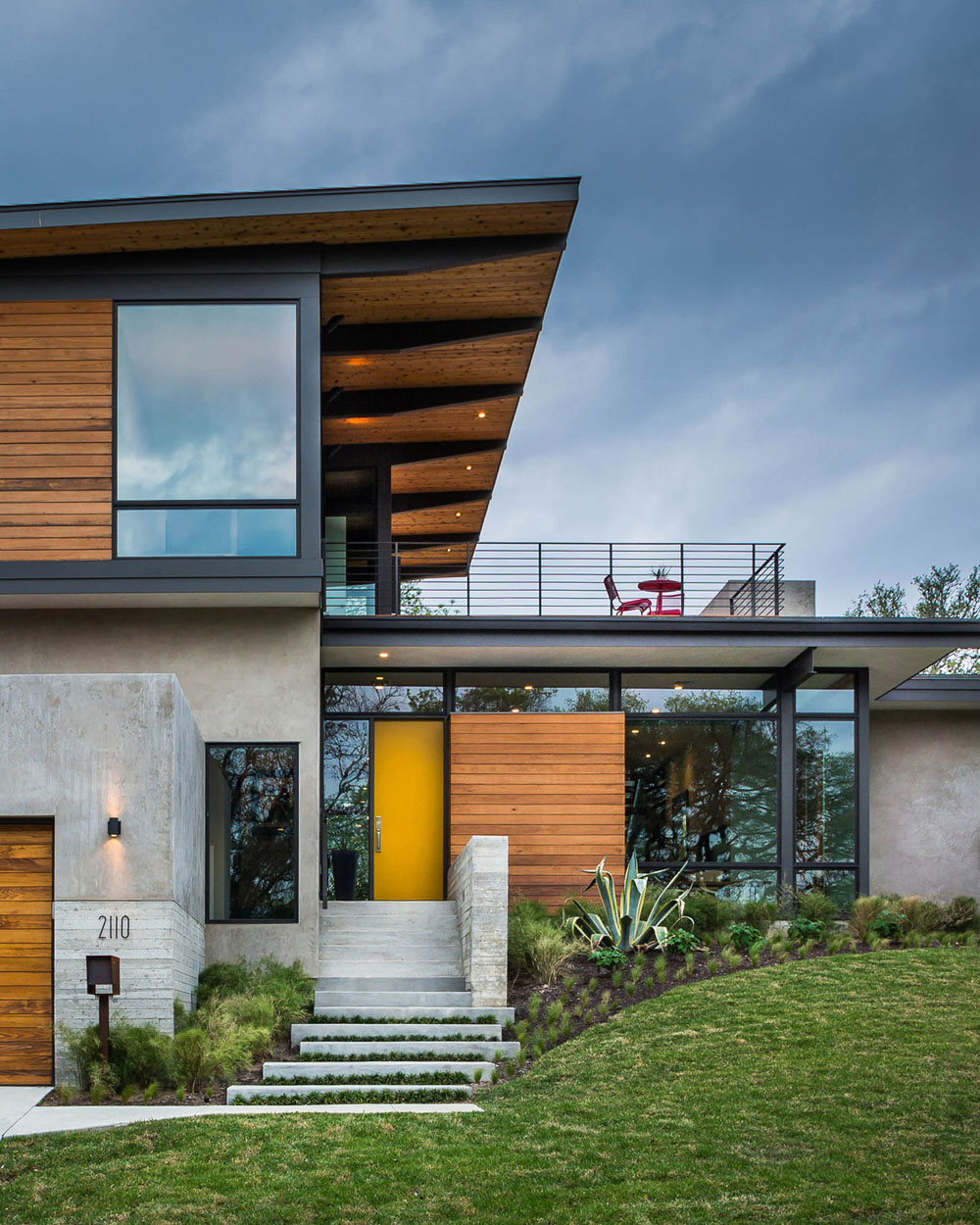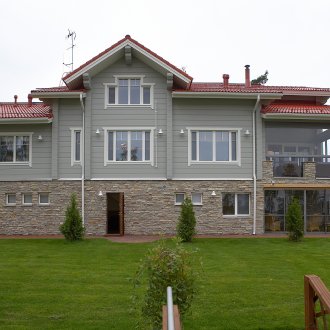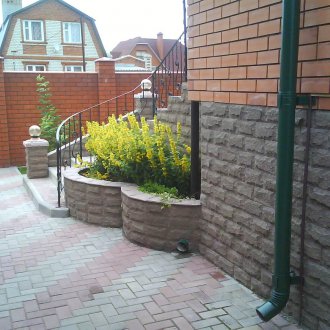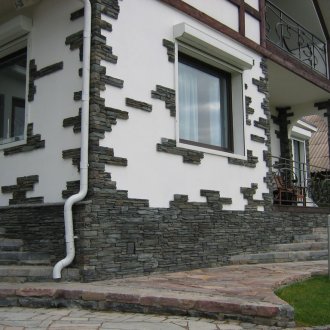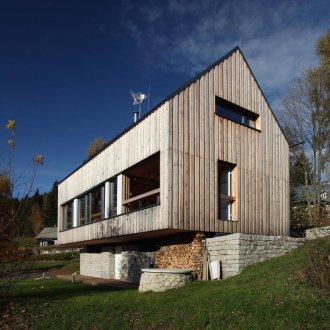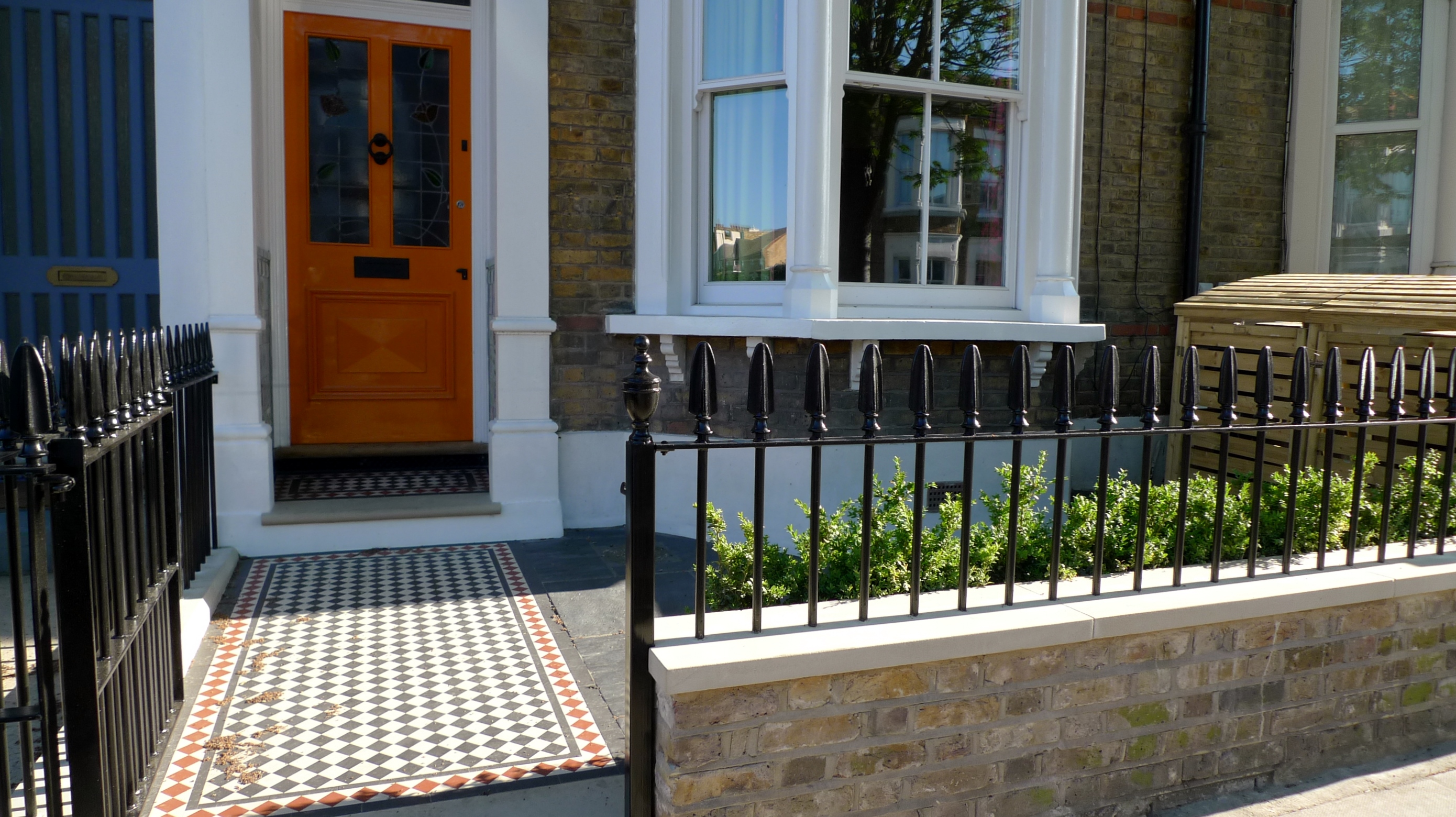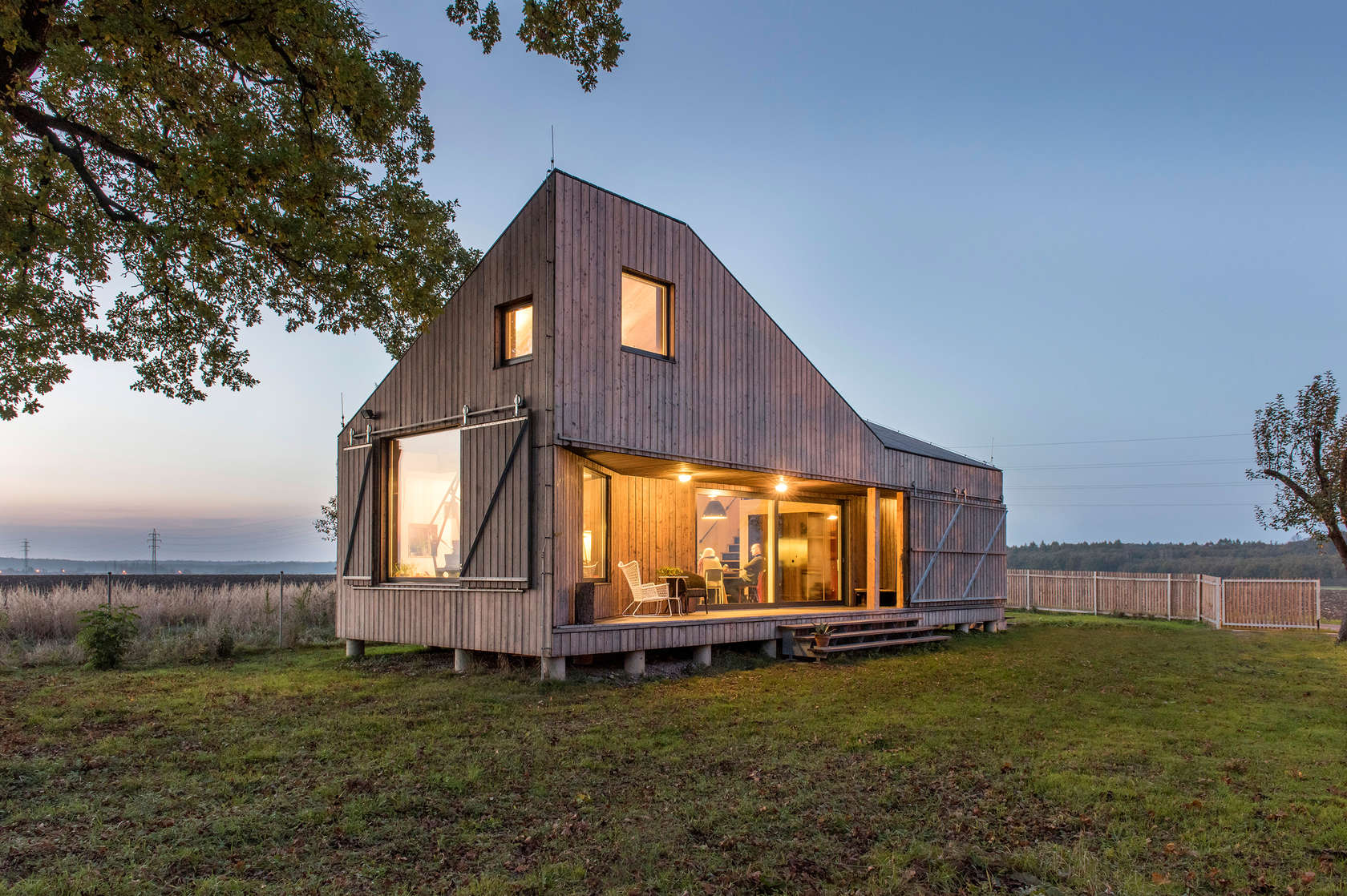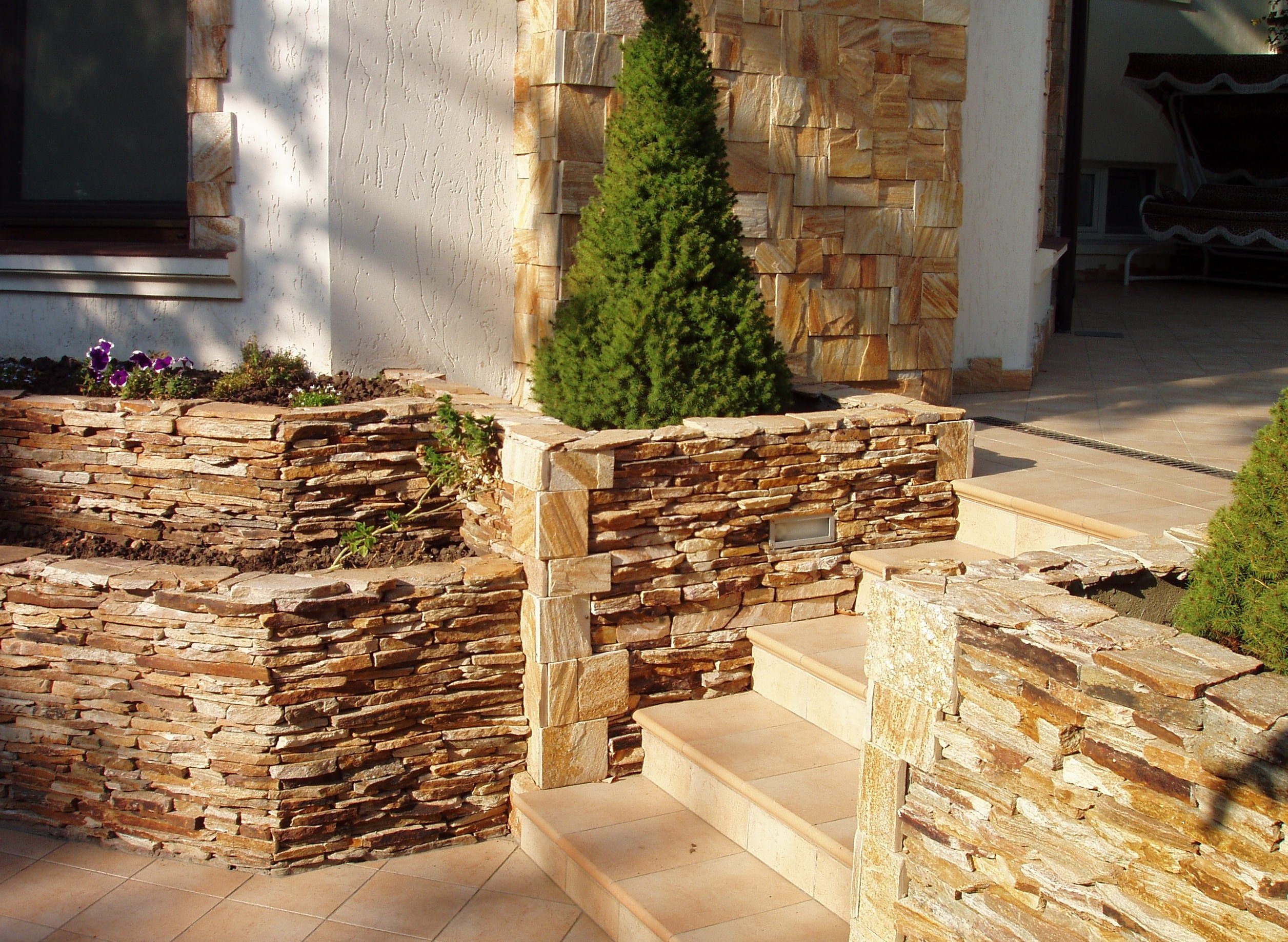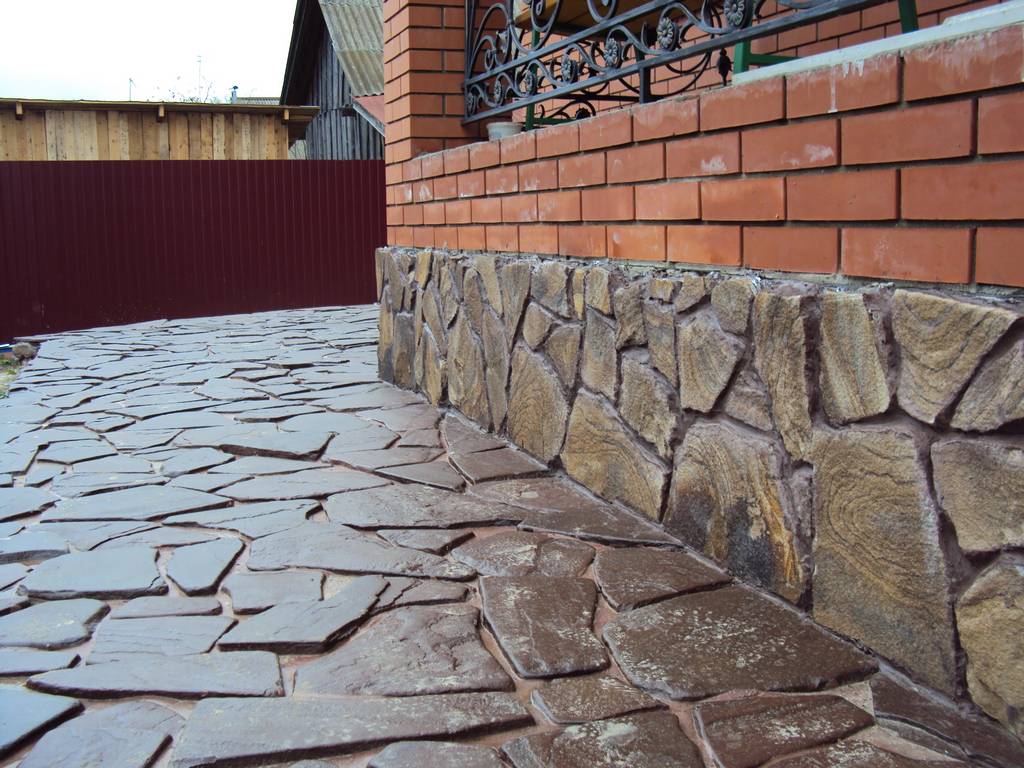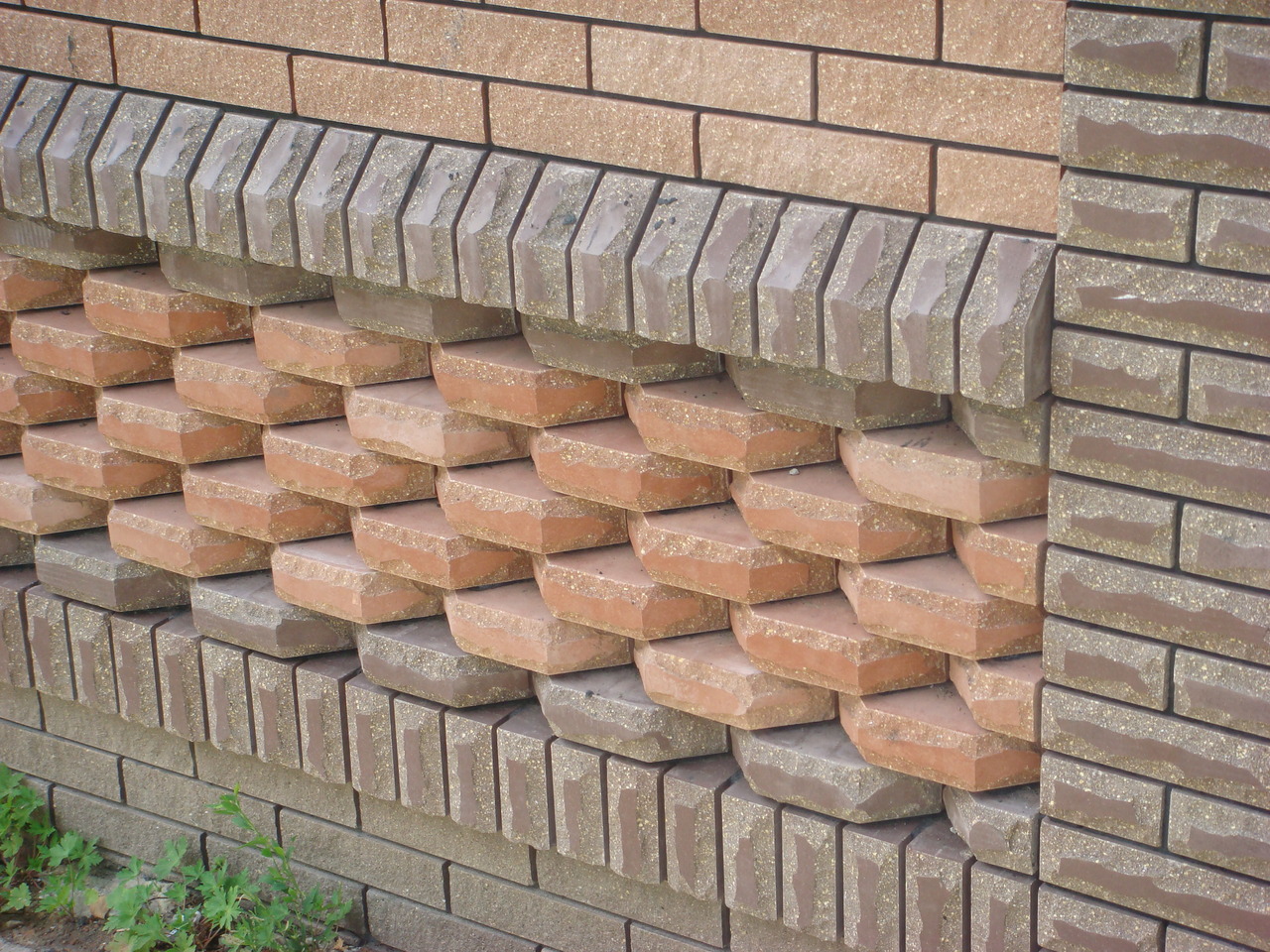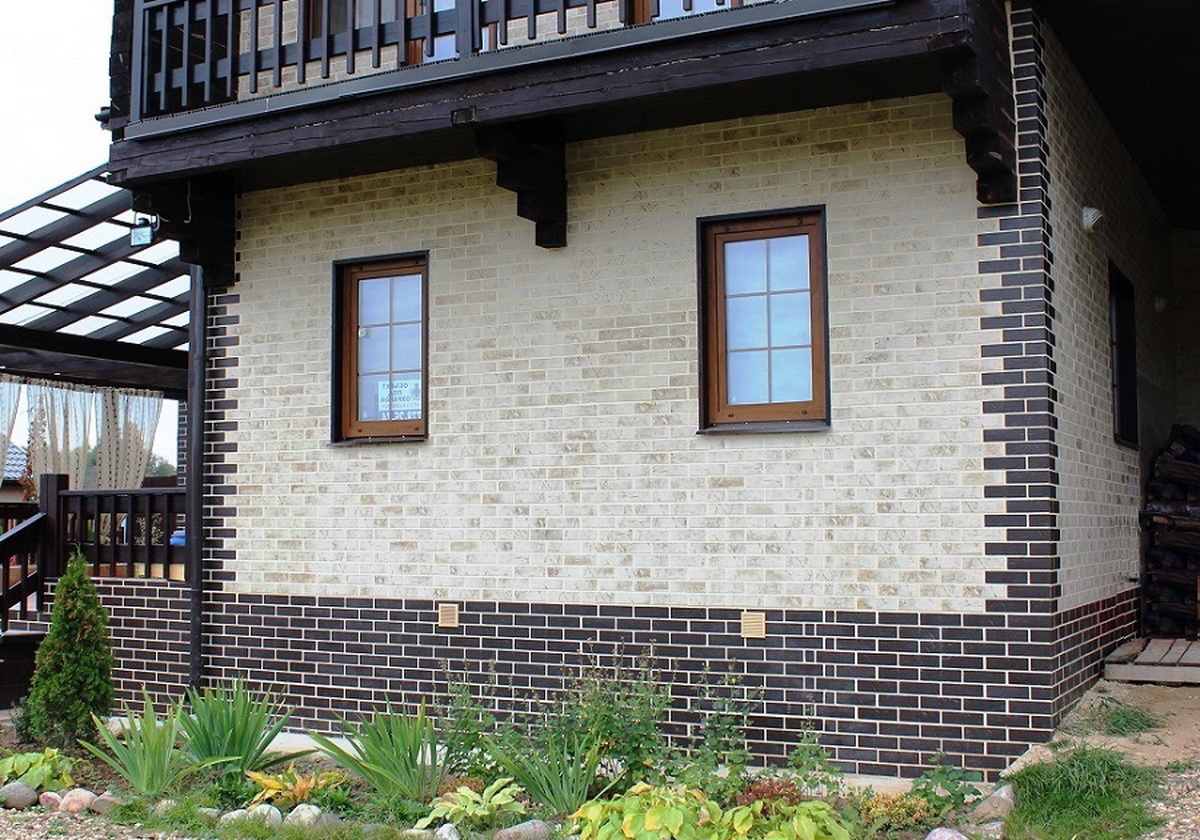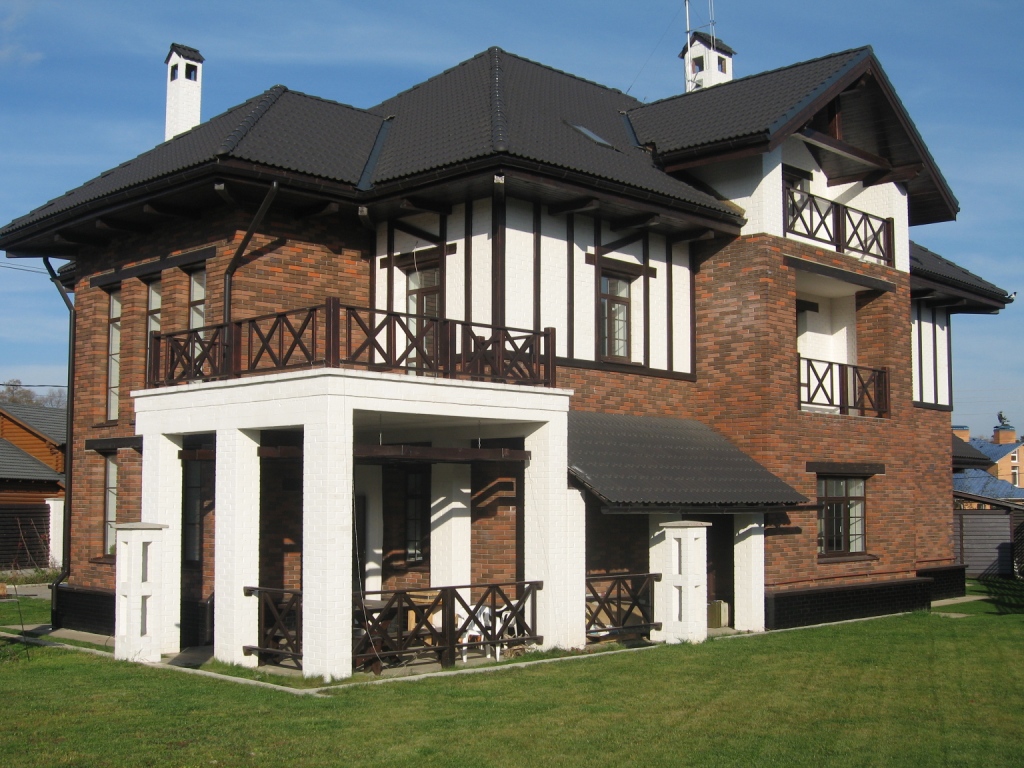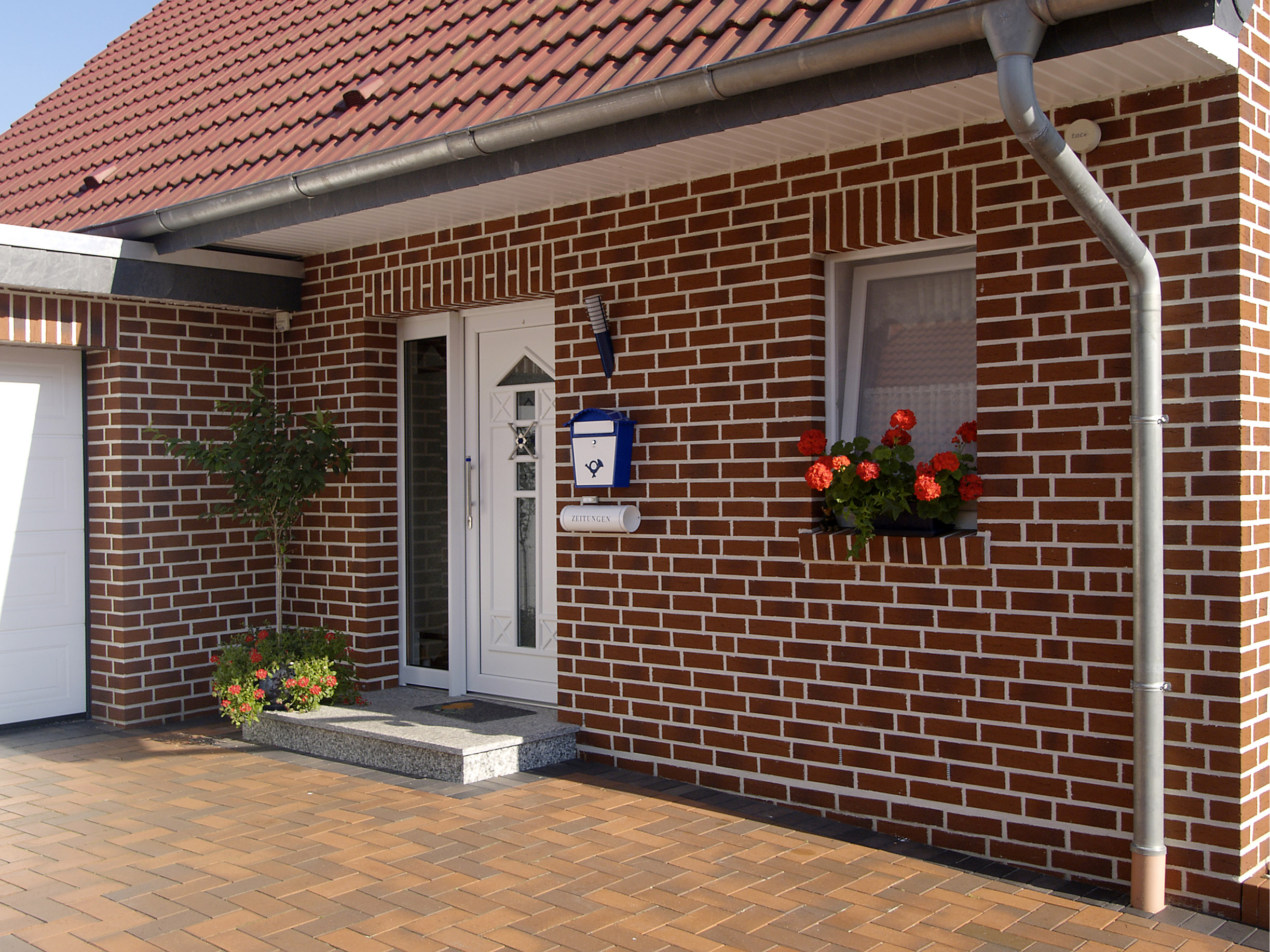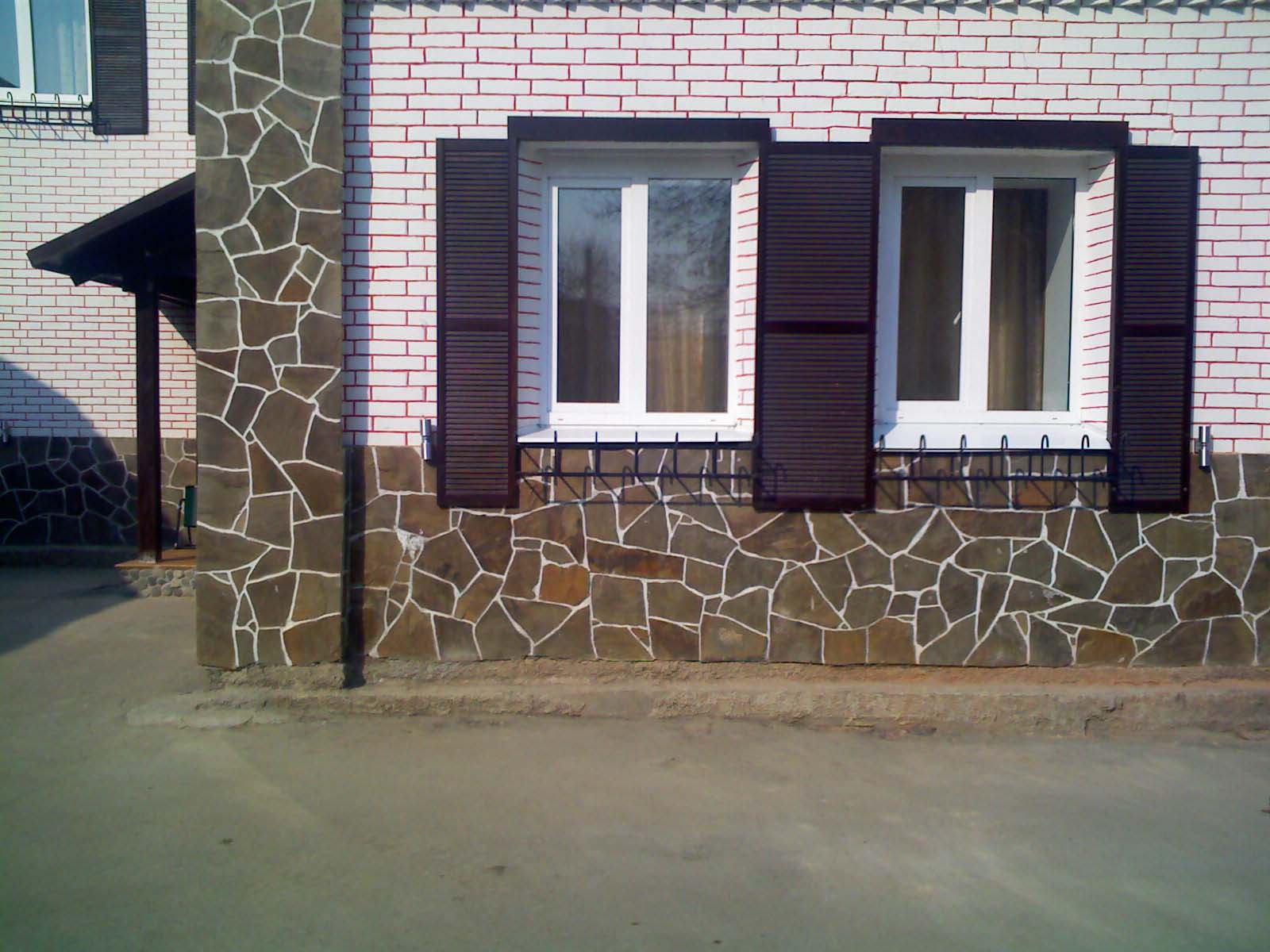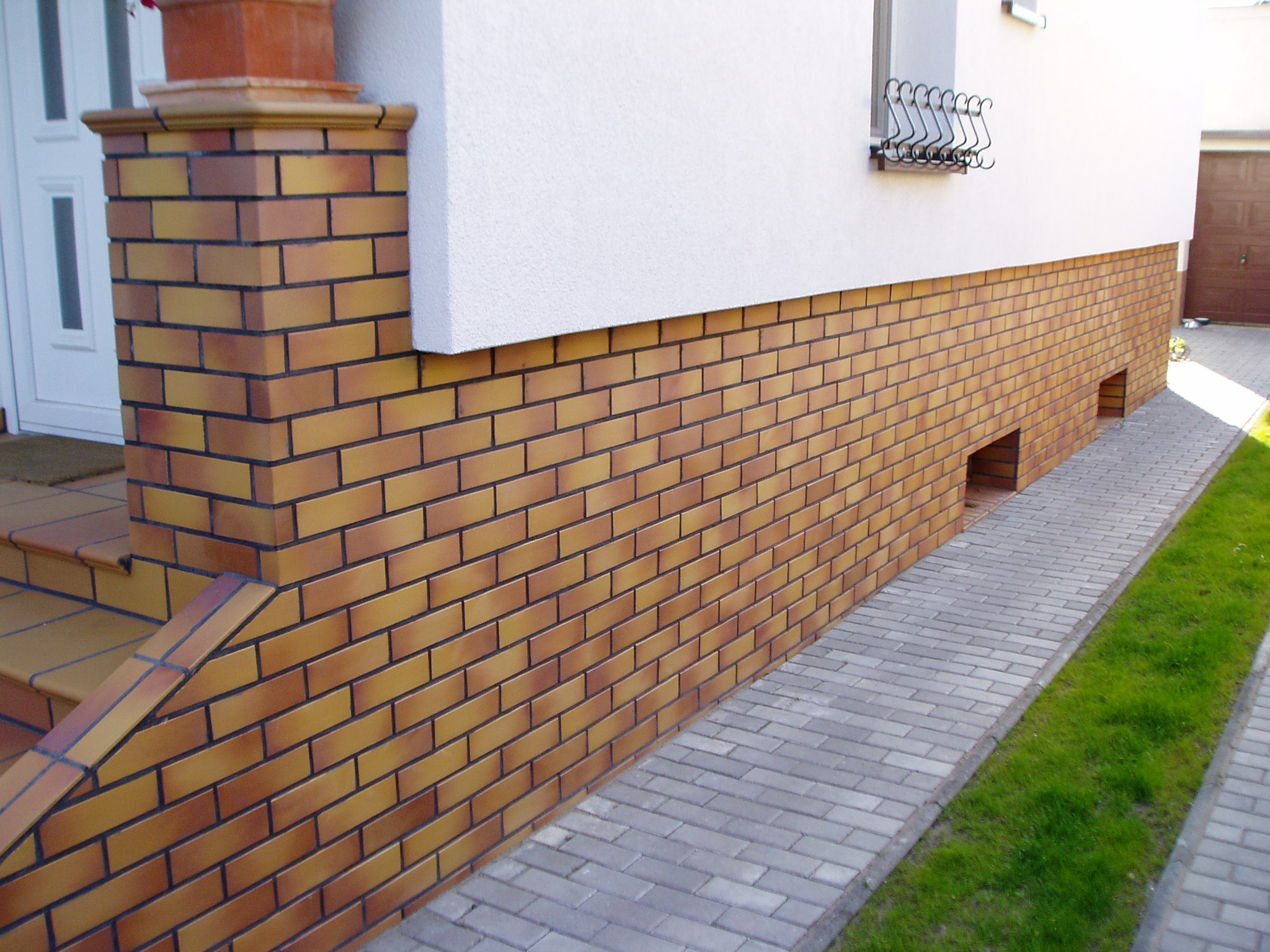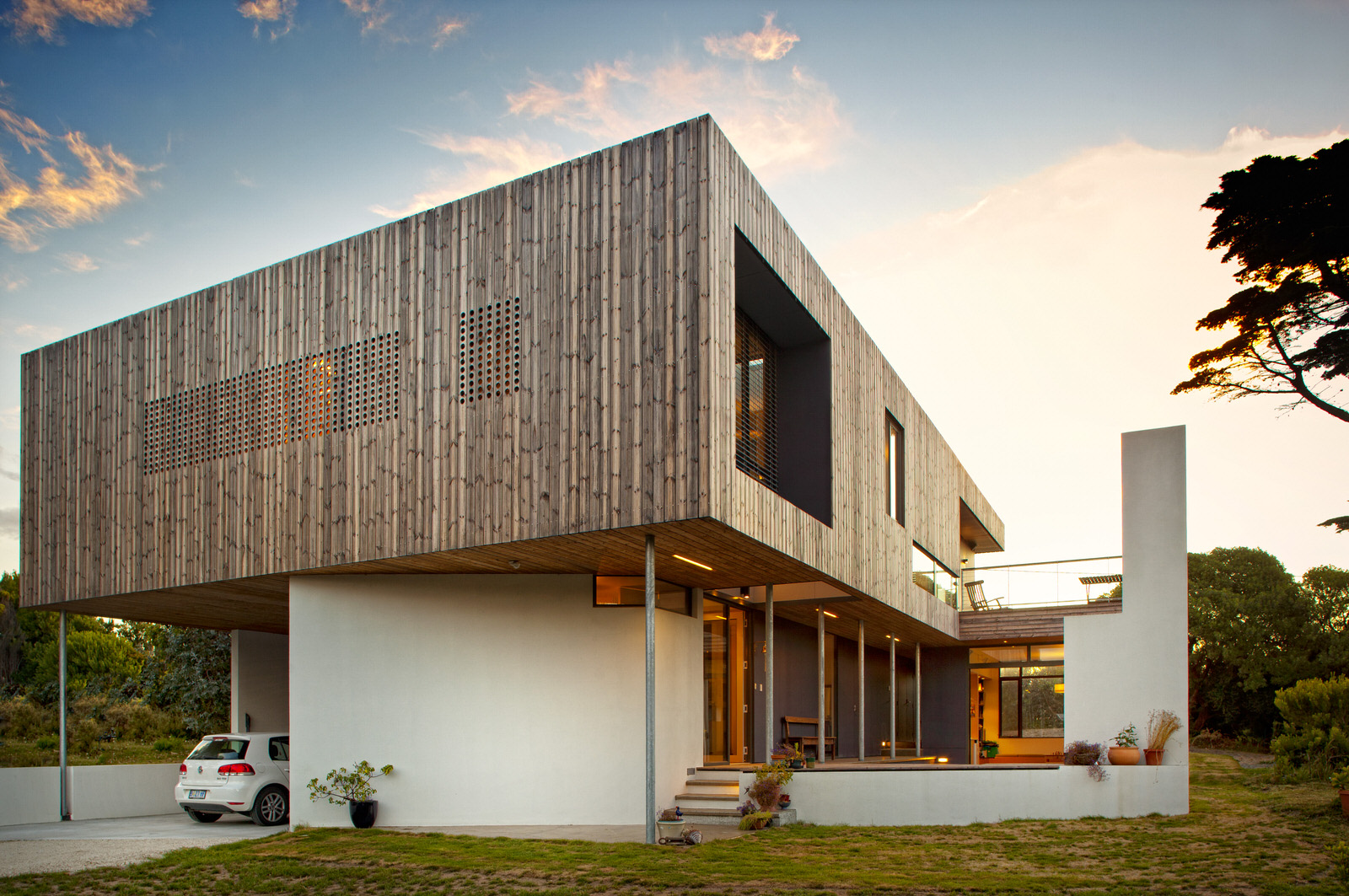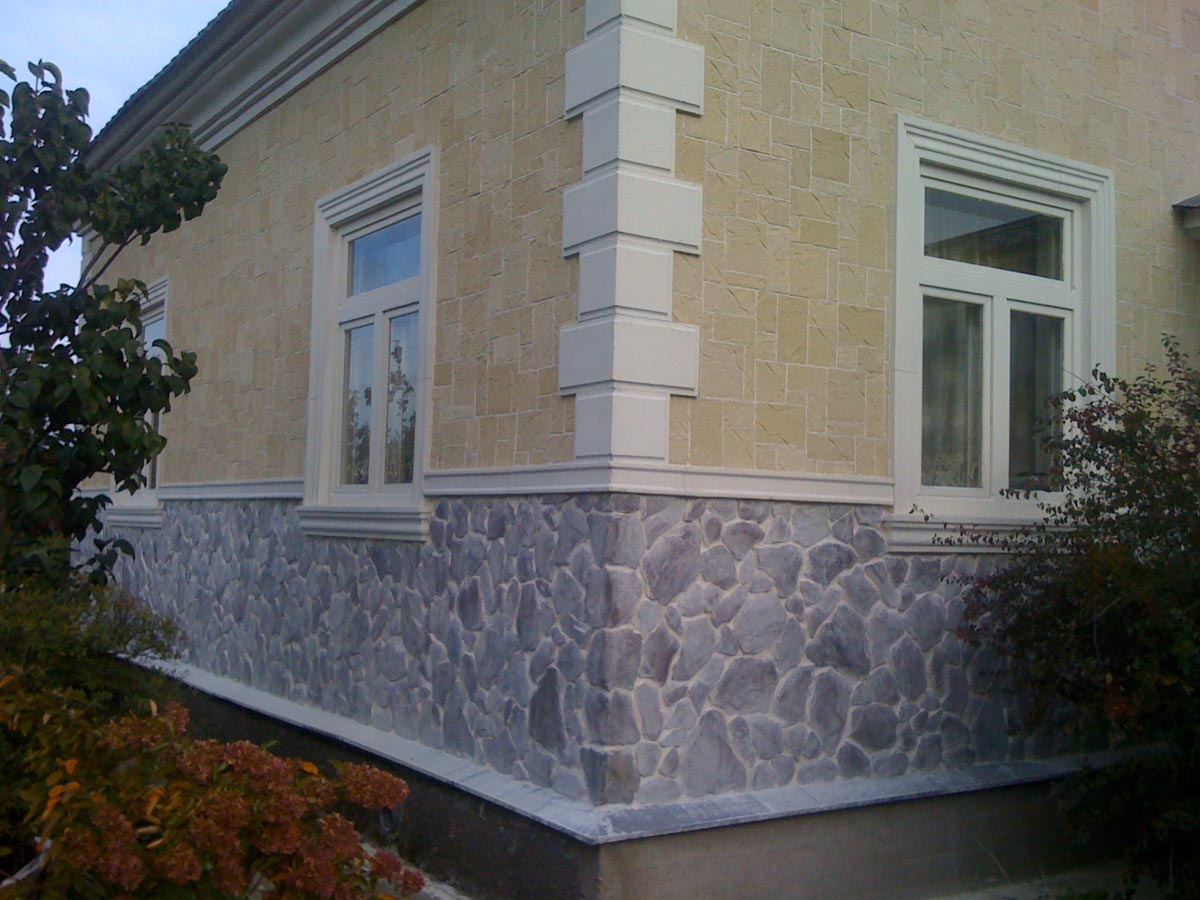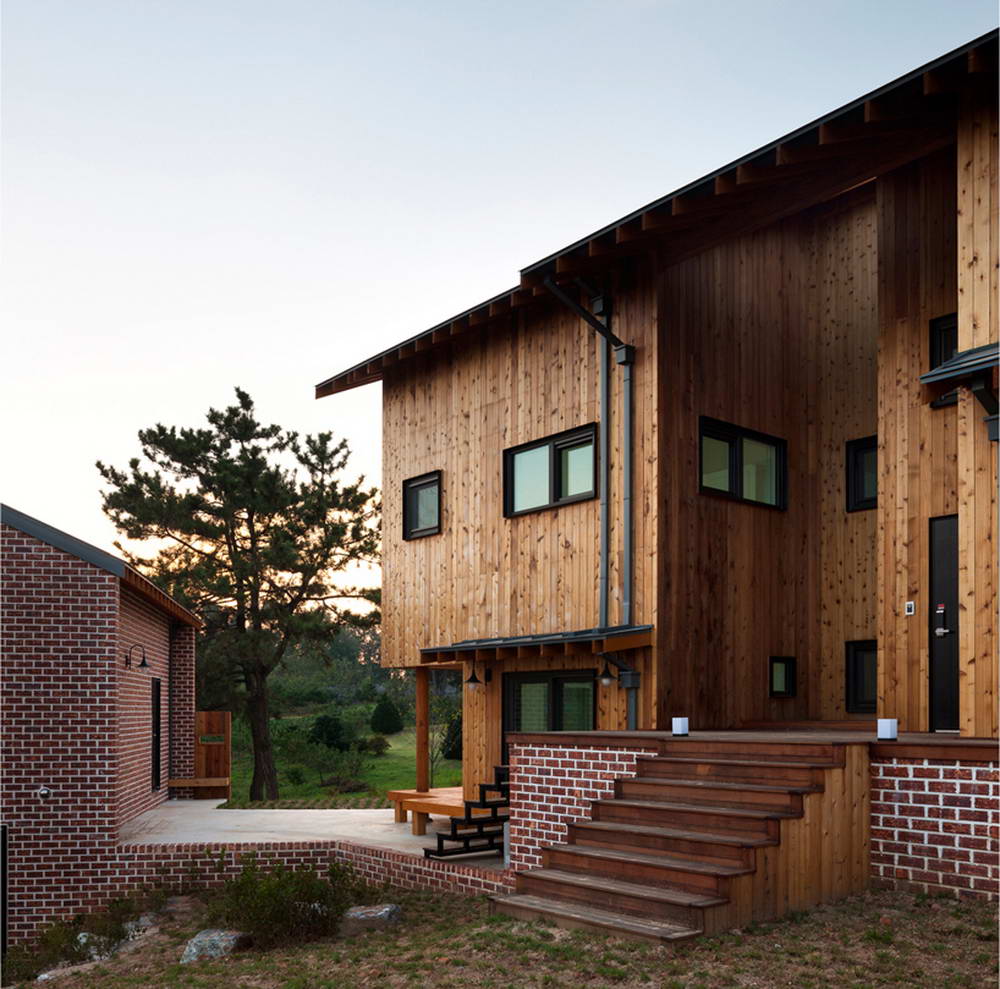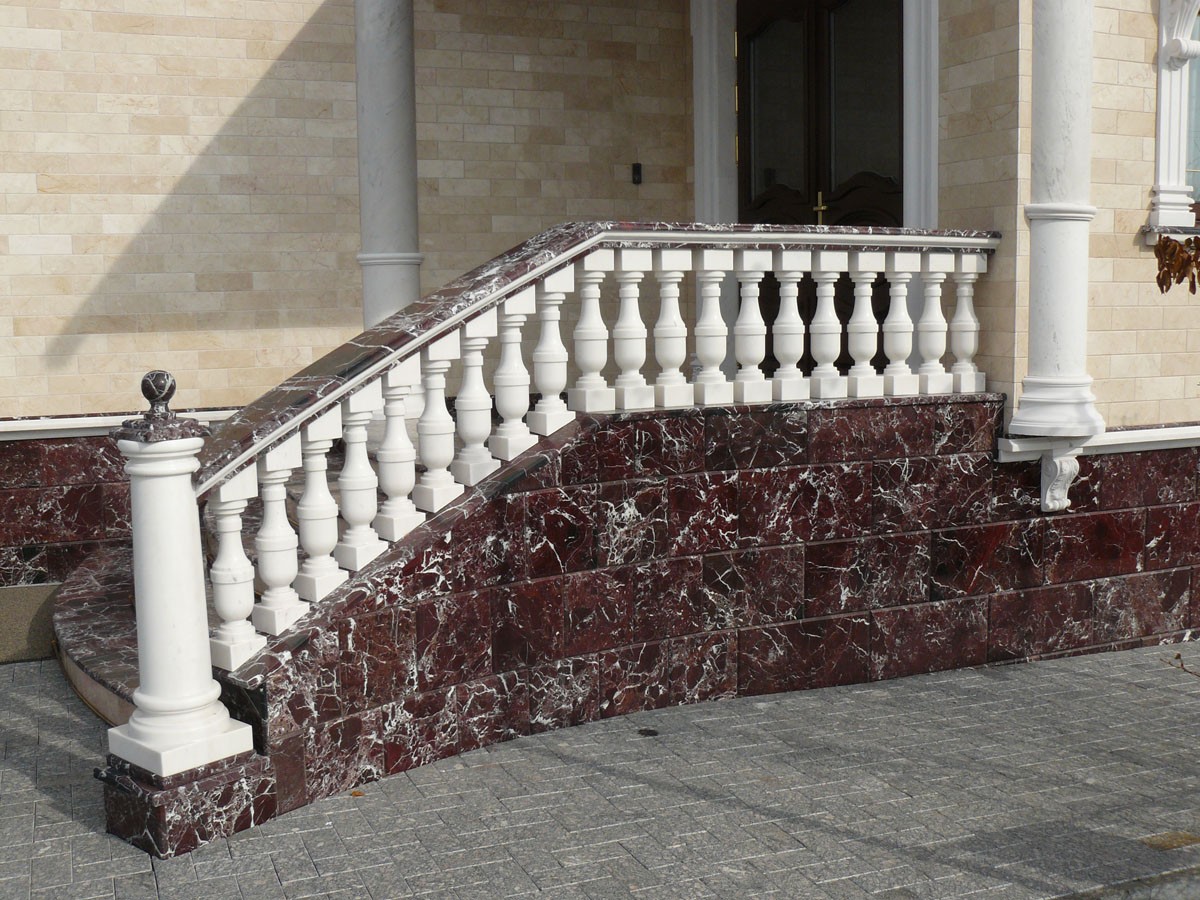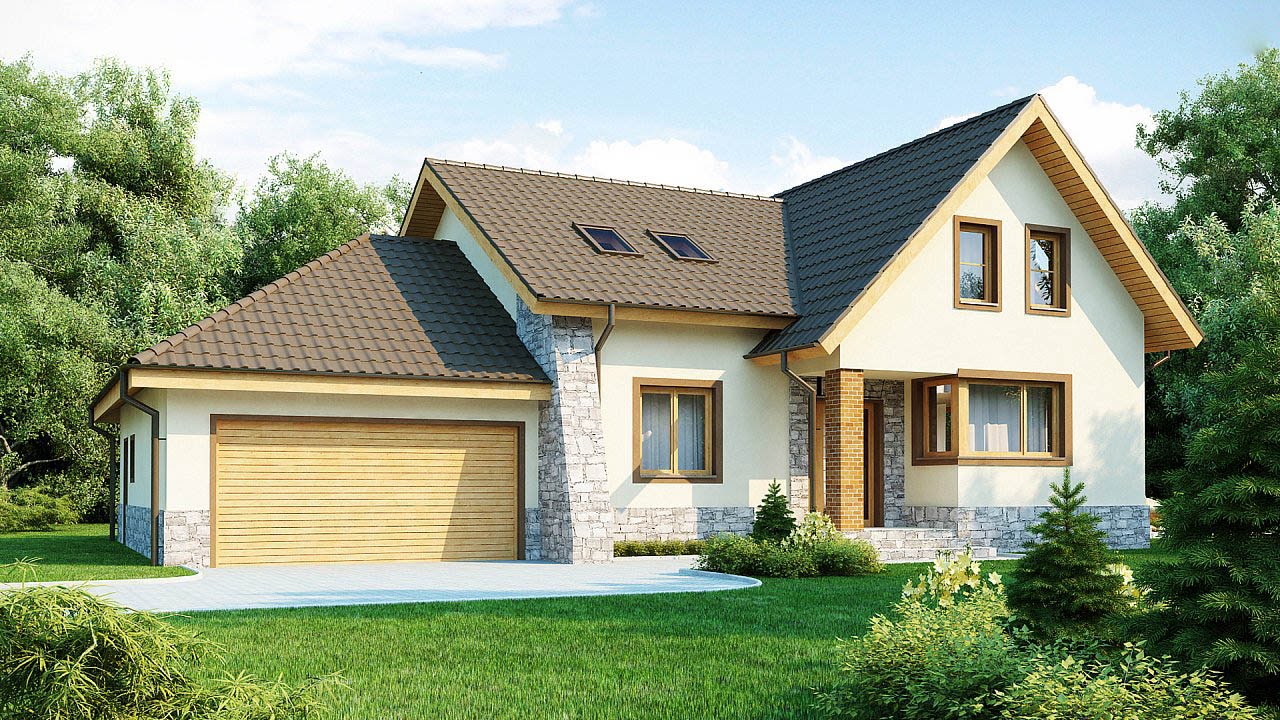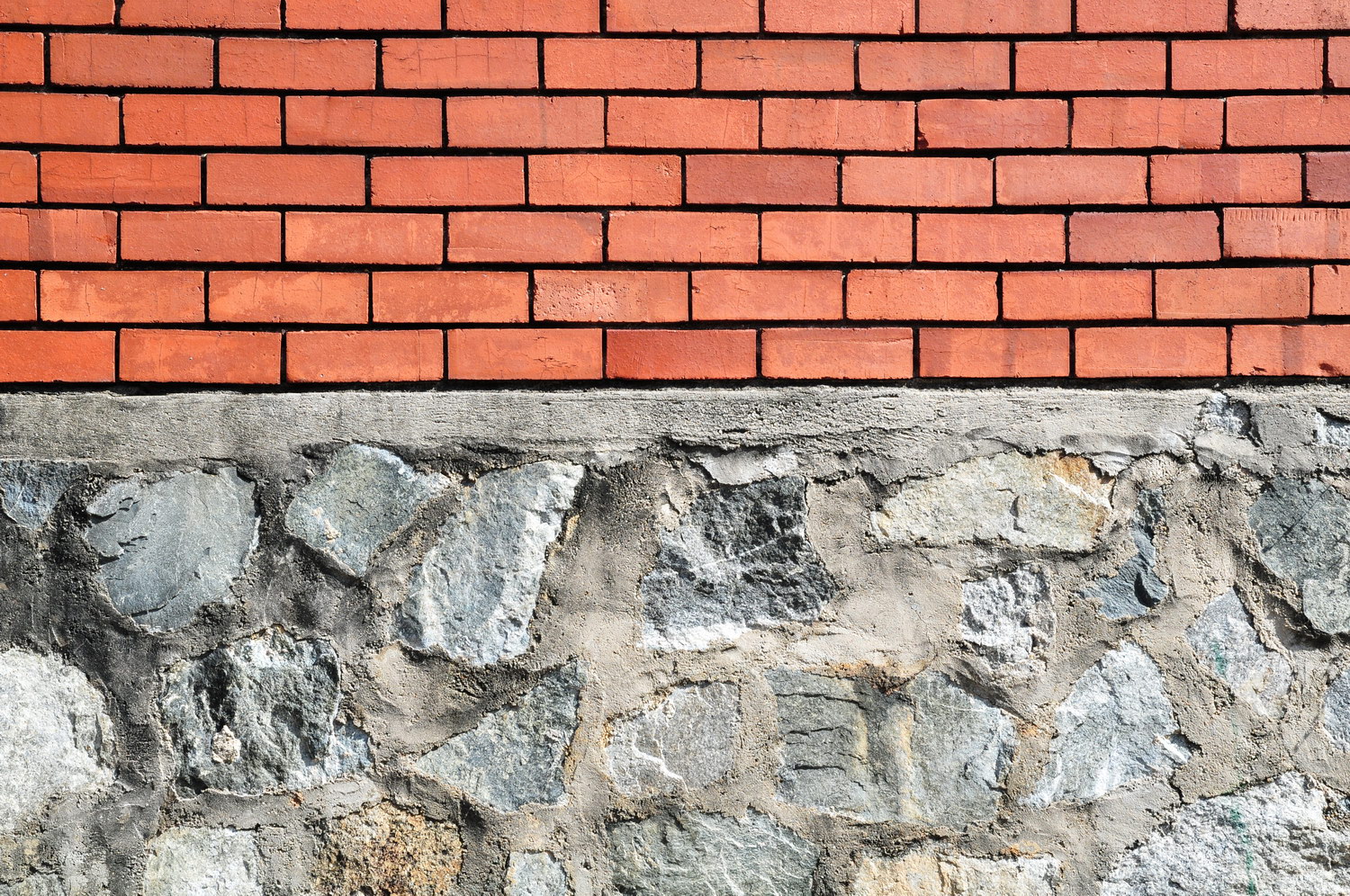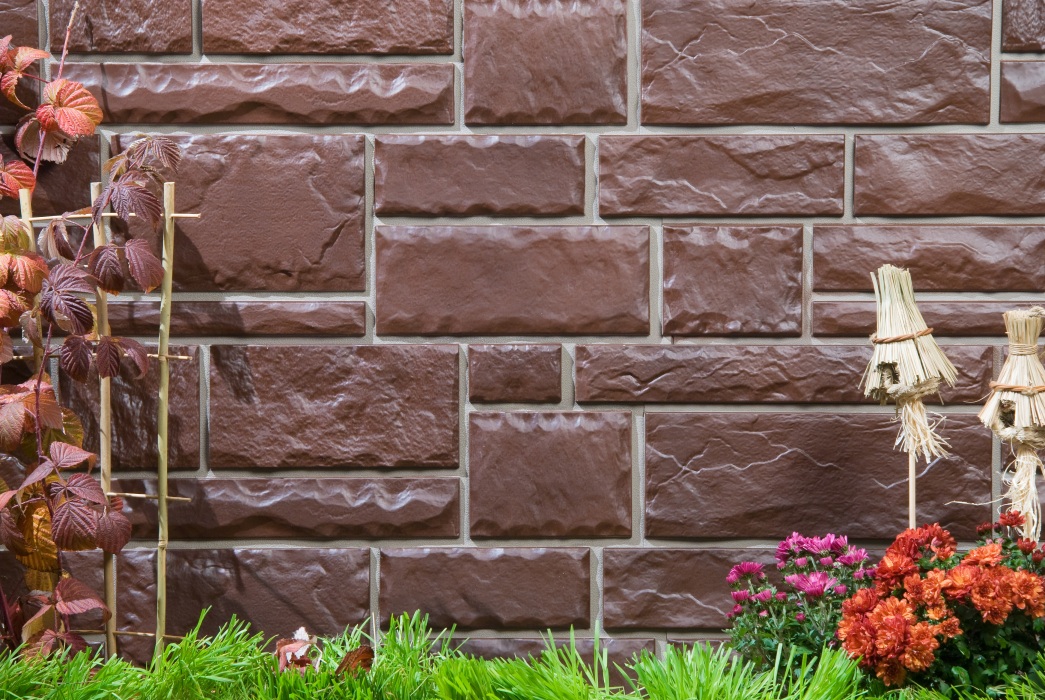Basement finishing: materials, their advantages and disadvantages (22 photos)
Most buildings have a foundation, and often it stands above the ground, it is this protruding part that is called the base. It can be made of cement slabs, wooden beams, logs or bricks, but it will always need finishing.
This is not only a matter of aesthetics and design decisions. Facing the basement of the house provides an increase in the waterproofing of the building, which means less chance of rust, the development of fungus or rot. In addition, the facing of the protruding part of the foundation provides additional thermal insulation of the building (inside, even in the most severe colds, it will be warm).
The cap itself is of several types:
- speaker - he needs a special drain, otherwise the coating will become unusable very quickly;
- single-level - is rare, because it lowers the waterproofing of the building and is no more durable than ordinary walls;
- sunk - occurs most often, as it is protected from moisture, exposure to rain and snow, pollution.
Depending on the type, on the tastes of the owner and on his financial capabilities, the most suitable embodiment of the base is chosen.
Plaster
Plastering the plinth has its advantages:
- this is the cheapest material - even a not too wealthy person can get it;
- it is very easy to apply material - no need to have special skills;
- this is a beautiful material - especially if you show imagination and apply paint or decorative plaster to the last layer.
However, there are also disadvantages: it is impossible to clad the protruding base with plaster - under the influence of weather conditions it will crumble very quickly. The plaster will have to be renewed from time to time, once a season or two. Plaster does not provide special thermal insulation and is not applicable for cladding houses on screw piles.
If it is decided that the finishing of the basement of a private house should be carried out in this way, the sequence of steps for applying is very simple:
- the base is cleaned of debris and dirt;
- with the help of a special primer its overall level is leveled;
- if the base is very uneven and cannot be fixed with a primer, a reinforcing mesh is used;
- plaster is applied in several layers;
- if you want to get a beautiful result, paint is applied on top of the dried plaster.
One way to make the plaster aesthetically pleasing is to apply patterns or inscriptions to any sharp object on a still wet surface. The result is a relief that will show through the paint.
A natural stone
Finishing the basement with stone has its advantages. Facing the base with natural stone always looks very advantageous and stylish. Natural expensive material always attracts attention.
The stone is reliable: even the most severe environmental conditions are unlikely to harm him. The stone is durable: there is a chance that it will last longer than the house itself.
Natural stone for facing the plinth gives great scope for imagination: you can choose from a huge variety of commercially available options, any, with chips or even, polished to mirror smoothness or rough, granite or simple cobblestone. The stone is suitable for facing the basement of the house on screw piles, although the method of laying will be fundamentally different.
But there are also disadvantages:
- big weight - you need to calculate the load at the project stage in order to correctly distribute it along the foundation;
- complex installation - an accurate calculation is needed, and often a simple glue is not enough;
- a high price - facing the base with granite, for example, is far from affordable for everyone.
If the choice fell on this material, the procedure is as follows:
- the base is cleaned of dirt and dust;
- primed, as a result of which irregularities are completely smoothed out;
- suitable stones are selected;
- adhesive solution is applied;
- stones are stacked starting from the bottom row;
- the finished result is covered with special solutions that increase waterproofing and thermal insulation.
If you cannot fix the stone yourself (as it will not stick to glue, for example, granite facing of the base), it is better to hire specialists for exterior decoration.
Fake diamond
Finishing the base with artificial stone has its advantages:
- durable and consists of natural components;
- not susceptible to moisture;
- light enough to not require additional calculation of the load on the foundation;
- easily mounted even by one person;
- very diverse - you can choose any color, any size.
Finishing the basement of the house with artificial stone, however, has drawbacks: less reliability than natural stone, and a relatively high price.
If it was decided that this is a good option, facing the basement with artificial stone takes place in several stages:
- the base is cleaned of dirt and dust;
- priming is carried out, additionally leveling the level;
- glue is applied to the tiles of artificial stone;
- glue is applied to the wall;
- the tiles are neatly laid out in rows.
Finished rows can be wavy or even depending on the tastes of the owner, the seams after complete drying are cleaned to evenness. The result is covered with solutions that contribute to the preservation of heat and repulsion of moisture.
Finishing the basement under the stone can be carried out by a person without special skills, but you need to act carefully.
Brick
Finishing a basement with a brick has, like all other options, its advantages. The facing brick is durable, not subject to moisture and will not suffer in the most windy, rainy or snowy weather. Brick is resistant to frost and provides good thermal insulation. A brick is aesthetic, if it is used to finish the basement of a brick house, it can look especially good. The brick is also suitable for home on screw piles.
But there are also disadvantages. Not every brick will work - you will have to spend some time choosing it. Brick, like natural stone, is heavy, and in order to safely clad it on the base, you must first make calculations at the planning stage of the house.
Brick requires a very serious approach to the cladding, just stick it will not work.
After the base is cleaned and primed, the brick is laid out as in the construction of the wall: so that the seams do not coincide, and equal rows are obtained. You need to act carefully, smearing the joints with a special solution, and when the mixture dries, clean off the excess.
According to the results, a cavity of several millimeters should remain between the wall and the brick, which will be used for ventilation.
Tile
Finishing the base with tiles has its advantages:
- tile is a light and relatively cheap material;
- when facing, no special skills will be required, accuracy will be sufficient;
- You can choose any color, size and imitation of any stone.
There is another plus - tile for facing the socle exists in three versions:
- brick, similar to a brick, but much lighter and thinner, completely non-absorbing and easy to process;
- polymer-sand, very light, very durable, resistant to moisture and frost, well retaining heat and able to simulate anything;
- resin, which may look like facing the basement with sandstone, very light, thin, flexible - if necessary, it can easily be cut with scissors;
All three options vary in cost, but the plinth can be lined with their help in only one way:
- clean the base and coat it with a primer;
- to prepare glue according to the recipe on the package (often a recommendation to use a specific glue is attached to a particular tile);
- glue the tile with glue, glue the wall with glue and start laying out;
- when the seams dry, they will need to be wiped with a special compound that will make them insensitive to frost and humidity.
Tiled finishes require more accuracy than others. Moving out uneven seams look frankly bad.
Other options
In addition to the most common, there are other finishes, each of which has its own advantages and disadvantages. They are less popular, but from this no less qualitative.
Siding basement
Siding - cladding panels made of a wide variety of materials, resistant to environmental influences, made so that even the most inexperienced person can easily cope with their installation. Well suited for home decoration on screw piles. There are different options:
- Plastic The cheapest solution - finishing the plinth with plastic panels does not require any outstanding skills or significant investment. But the result does not burn, does not decay, is immune to moisture and easily tolerates frosts. The only drawback is the high sensitivity to shock.
- Metal. Heavy and resistant to moisture, but only until the outer coating is preserved, however, these panels are popular. They do not burn, they are resistant to frost, their strength is very high.
- Wooden. Very expensive, combustible, require constant care, but so beautiful that they are still used.
- Fiber cement. Expensive, heavy, requiring consistent long installation. They completely redeem the inconvenience of absolute strength and insensitivity to external influences. Finishing the basement with stone panels is best done with this particular kind of materials.
Finishing the basement of a wooden house or a brick is a matter that requires accuracy, consistency and patience even at the stage of choosing the material. Only a suitable option will allow the building to serve for many years to the delight of the inhabitants.
